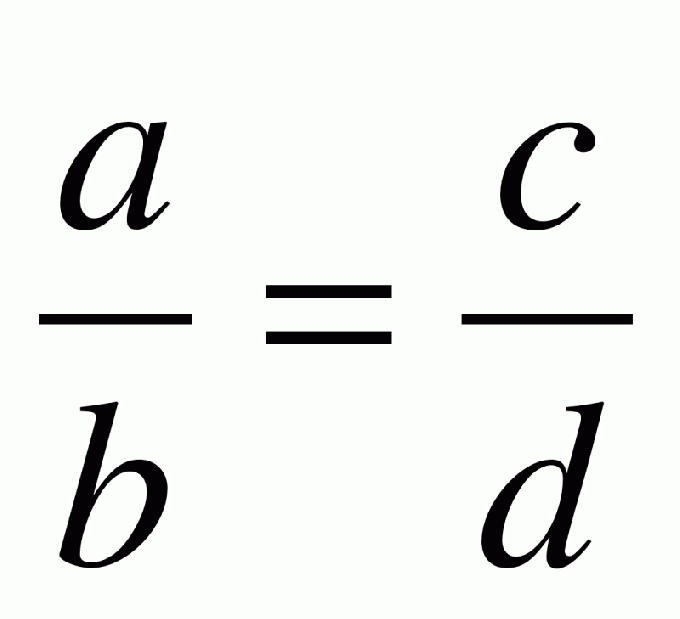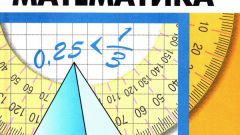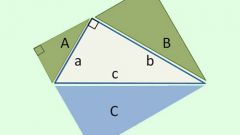Instruction
1
Inspect the properties of proportions. The numbers on the edges of the equality is called extreme, and in the middle – average. The main property of proportions is that the middle and the extreme side of the equation can be multiplied among themselves. Enough to take the proportion 8:4=6:3. If you multiply the extreme parts together, you get 8*3=24 and the multiplication of the averages. This means that the product of the extreme parts of the ratio is always equal to the product of its average parts.
2
Take advantage of the fundamental property of proportions to calculate the unknown member in the equation for x:4=8:2. For finding the unknown parts of a proportion you must use the rule of equivalence of average and extreme parts. Write the equation in the form x*2=4*8, that is x*2=32. Solve this equation (32/2), you will receive the missing member of the proportion (16).
3
Simplify the ratio if it consists of fractional or large numbers. To do this, divide or multiply both members on the same number. For example, the component parts of a 80:20 proportion=120:30 can be simplified, dividing its members into 10 (8:2=12:3). You will get an equivalent equality. The same thing happens if you increase all members of the proportion, for example, 2, thus 160:40=240:60.
4
Try to move your parts of proportions. For example, 6:10=24:40. Swap the extreme end (40:10=24:6), or at the same time rearrange all the parts (40:24=10:6). All received proportions are equal. So you can get some equations from one.
5
Solve the proportion with interest. Make a note of it, for example, in the form: 25=100%, 5=x. Now we need to multiply the average members (5*100) and divide by the known extreme (25). In the end, it turns out that x=20%. Similarly, you can multiply the known extreme members and to divide them into existing medium, receiving the desired result.








